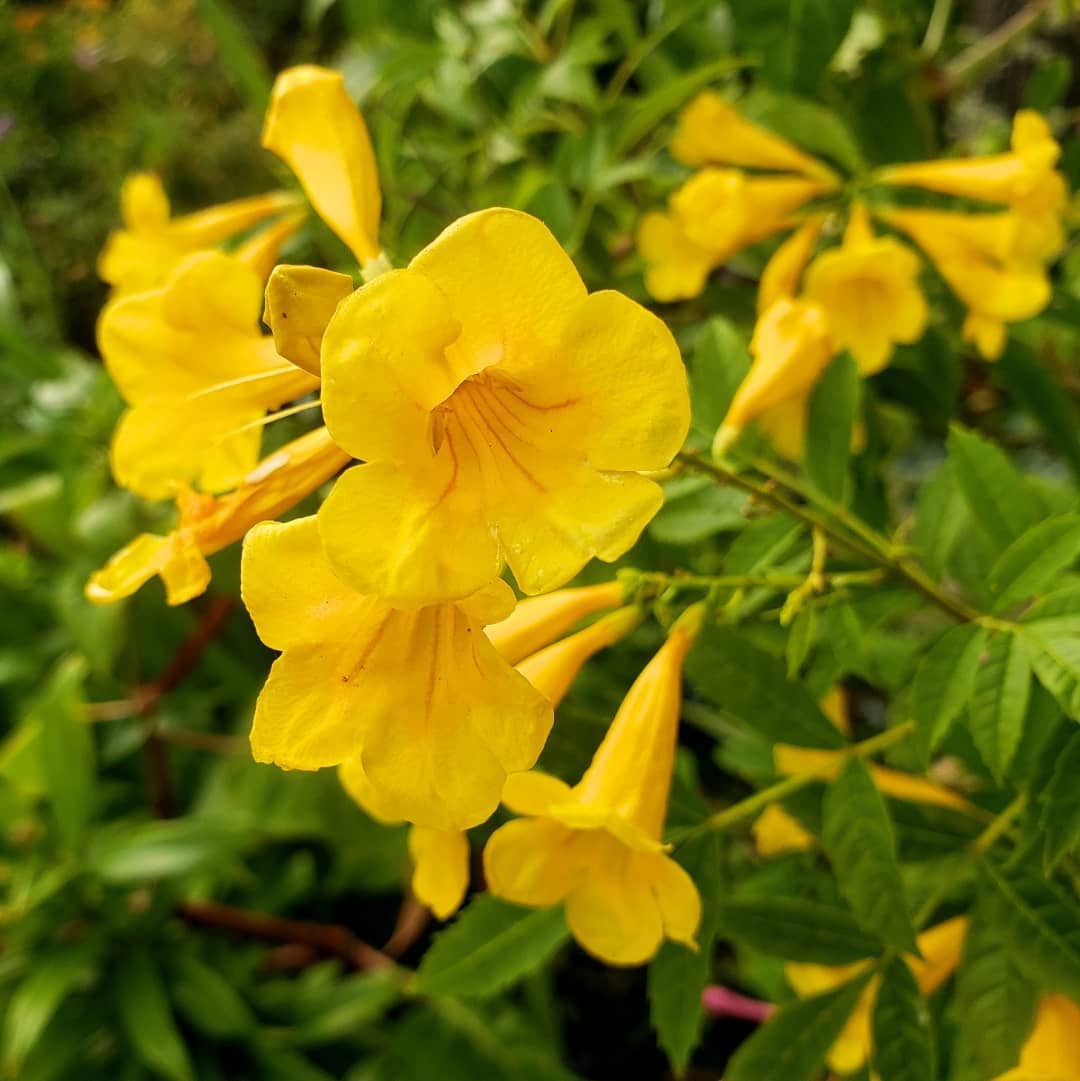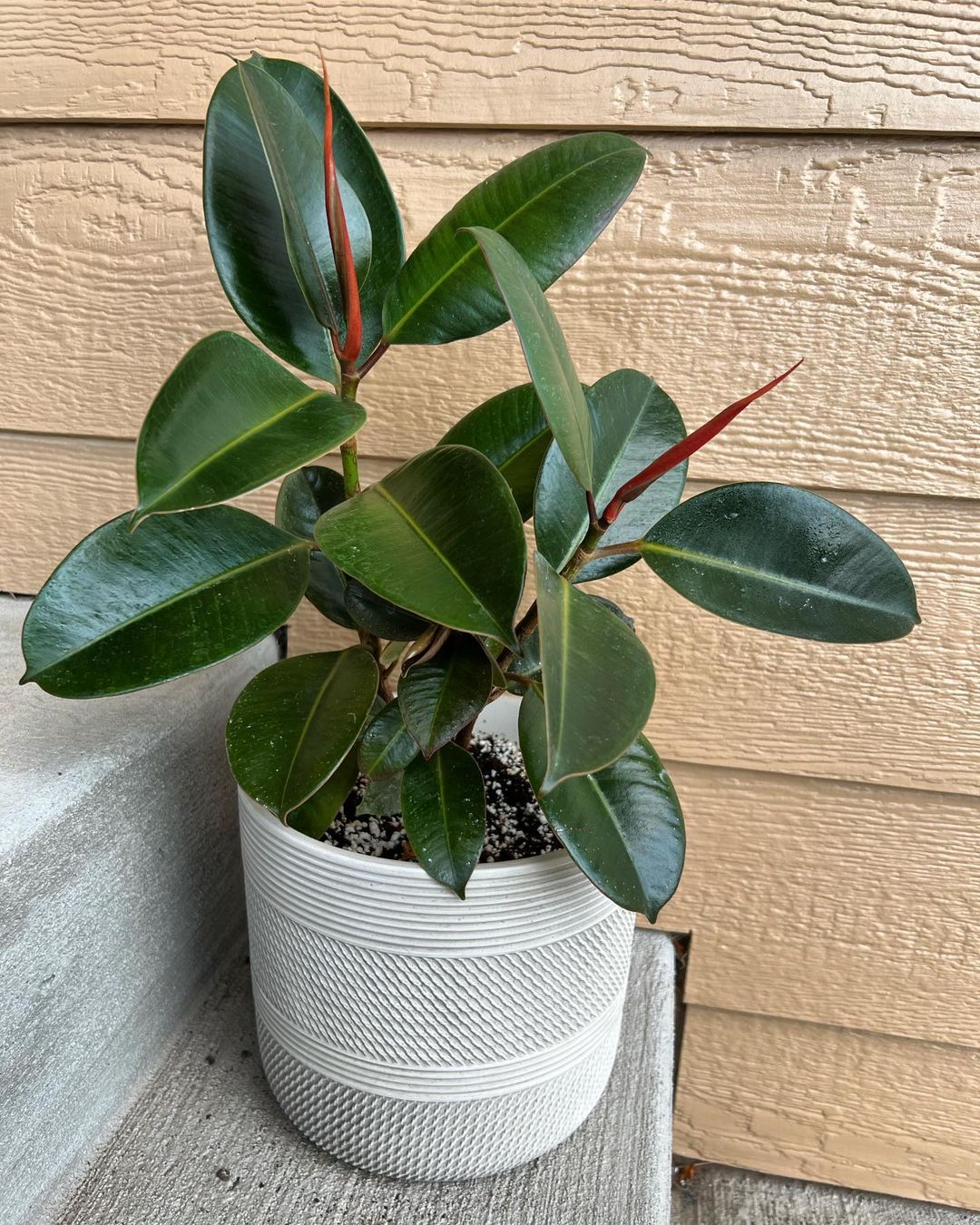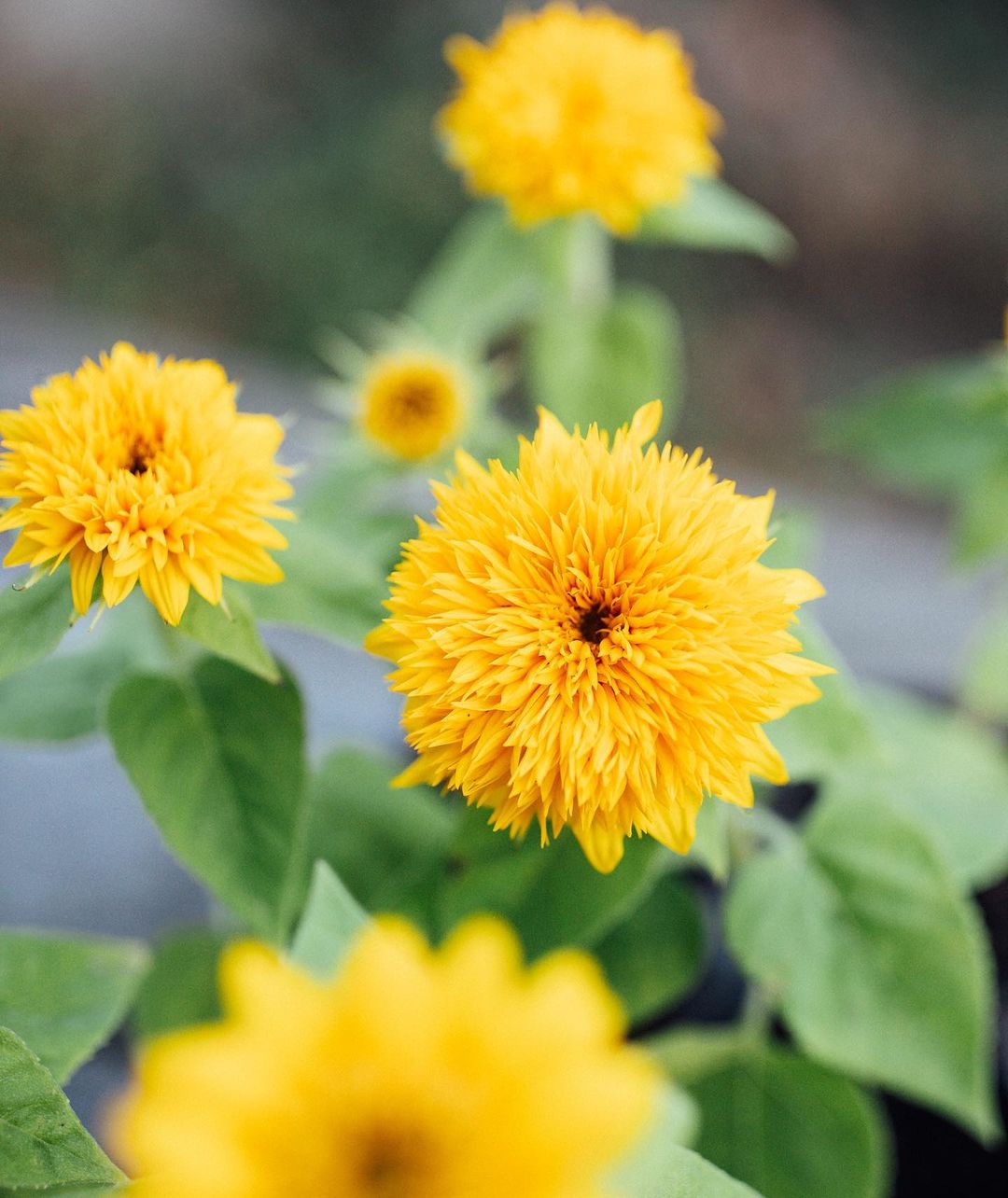Fill your garden with yellow blooms by following Esperanza Plant Growing and Care Guide. Read all details and expert tips below.
Check this Esperanza Plant Growing and Care Guide that will ensure they thrive and dazzle with their vibrant yellow flowers in your garden.
Common Names: Esperanza, Tecoma plant, trumpet flower, yellow trumpetbush, yellow bells, yellow elder, ginger-Thomas, and yellow bignonia.
Botanical Name: Tecoma stans, syn. Tecoma alata
USDA Zones: 9-11
Read Teddy Bear Sunflower Growing and Care Information
Esperanza Plant Profile

The Esperanza Plant (Tecoma stans), also known as Yellow Bells, Hardy Yellow Trumpet, or Yellow Alder, is a tropical native with captivating features. Its dark green foliage sets the stage for clusters of delicately scented, trumpet-shaped flowers in a brilliant golden-yellow hue.
From spring to fall, the vibrant blooms of Esperanza Plants bring a captivating beauty to any landscape. While commonly cherished as ornamental shrubs or container plants, these remarkable flowers also carry a historical significance, adding a touch of heritage to their enchanting charm.
In the past, Esperanza Plants were famous for their medicinal properties and were even used in the making of root-based beer.
Read How to Grow Gardenia in Pots
Propagating Esperanza Plant
Propagating Esperanza Plant can be achieved through stem cuttings or seeds, with cuttings being the simplest and most straightforward method for successful propagation.
- To propagate an Esperanza Plant, choose a robust, fully grown stem that measures approximately 4-6 inches.
- Use clean and sharp pruning shears to make a precise cut just below a leaf node.
- Trim away the lower leaves, ensuring only a few sets of leaves remain at the top.
- To encourage root development, you may optionally dip the cut end in rooting hormone powder or gel.
- Fill a container with well-draining soil or a blend of perlite and peat moss.
- Create a hole in the soil using a pencil or your finger, then gently insert the cutting, burying the lower nodes.
- Give the cutting a light watering and position it in a warm, well-lit area with indirect sunlight.
- Over the course of a few weeks, new growth should emerge, signaling the development of roots.
- Once the roots are established, you can transplant the new Esperanza Plant into a larger pot or directly into your garden.
Esperanza Plant Growing and Care Guide
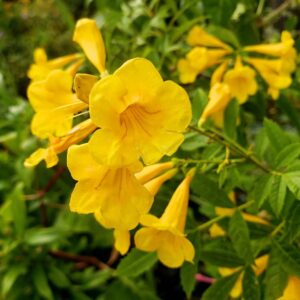
Location
Select a site with abundant sunlight, receiving a minimum of 6-7 hours of direct sun, to cultivate Esperanza Plants. Although these plants can endure partial shade, it’s crucial to acknowledge that they may stretch and have diminished flower production under lower light conditions.
Soil
Esperanza Plants have the ability to thrive in diverse soil types, such as sandy, rocky, limestone, or loamy soil, as long as adequate drainage is ensured.
For an ideal potting mix for Esperanza Plants, begin with high-quality all-purpose potting soil. Blend it with a mixture comprising 2 parts potting soil, 1 part coarse sand, and 1 part peat moss to achieve optimal results.
Water
Once established, Esperanza Plants exhibit drought tolerance but still benefit from moderate watering. It is recommended to water the plant when the top inch of the soil feels dry. Overwatering should be avoided, as it can result in root rot and other complications.
Find 9 Wonderful Bougainvillea Care Tips
Esperanza Plant Care
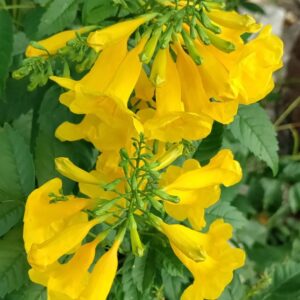
Fertilizer
To nourish Esperanza Plants, use a balanced liquid fertilizer diluted to half of its recommended strength, applying it every 5-7 weeks. In the spring season, it is advantageous to apply a layer of compost as mulch around the plant’s base.
Pruning
Esperanza Plant predominantly produces flowers on new growth and typically needs minimal pruning. Gentle shaping can be carried out during the period following the peak bloom, which typically occurs from fall to late winter.
At any point during the year, dead or diseased branches of Esperanza Plants can be pruned and removed. Based on personal preference, these plants can be maintained as shrubs or trained to grow as small trees.
In the case of a hard freeze resulting in dieback, it is advisable to cut the plants back to ground level.
Deadheading
Inspect the flowers that have lost their vibrant color, faded, or wilted, as these are the ones ready for deadheading. Employ clean and sharp pruning shears or scissors to trim off the faded flower heads just above a leaf node or a lateral branch. It is advisable to make the cut at a 45-degree angle, which aids in healing and prevents water from accumulating on the stem.
Following the deadheading process, closely observe the Esperanza Plant for signs of new growth and the development of fresh flower buds. By removing faded flowers, the plant is prompted to allocate its energy toward generating new blooms. Stay vigilant for the emergence of new growth and the formation of new flower buds.
Pests and Diseases
Although Esperanza plants are generally resistant, they can still be vulnerable to aphid infestations. These pests have a tendency to attack the leaves and stem, extracting sap and causing harm. To get rid of aphids, inspect the plant regularly, and use insecticidal soap. A forceful stream of water can also control aphids by dislodging them.
While not a significant concern for Esperanza plants, whiteflies can be an issue. Manage them through the application of insecticidal soap or the use of yellow sticky traps. Root rot is one of the potential diseases that may affect Esperanza plants. To prevent this, ensure adequate soil drainage and avoid overwatering the plant.
In some cases, the Esperanza plant can be susceptible to leaf spot diseases caused by fungal pathogens. To effectively manage these diseases, it is important to remove and dispose of any infected leaves promptly. Additionally, ensure that there is proper air circulation around the plant. If necessary, you can consider applying a fungicide specifically labeled for leaf spot control.

